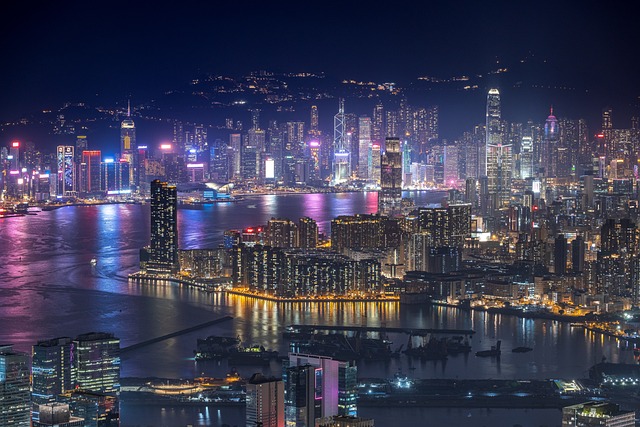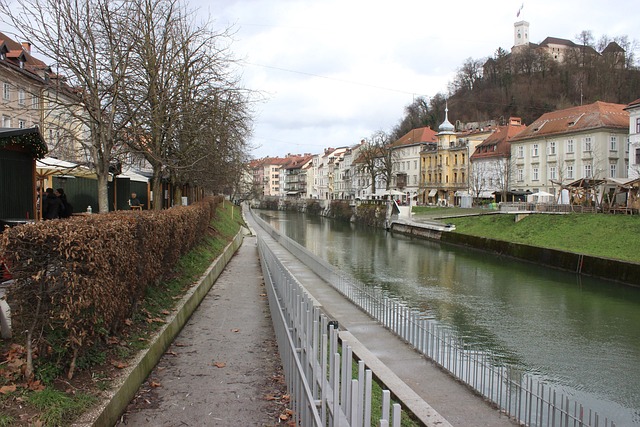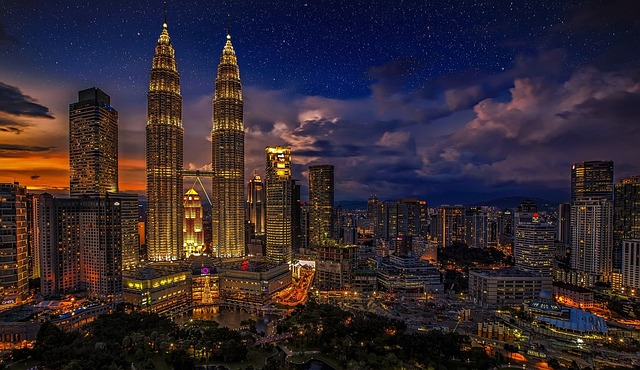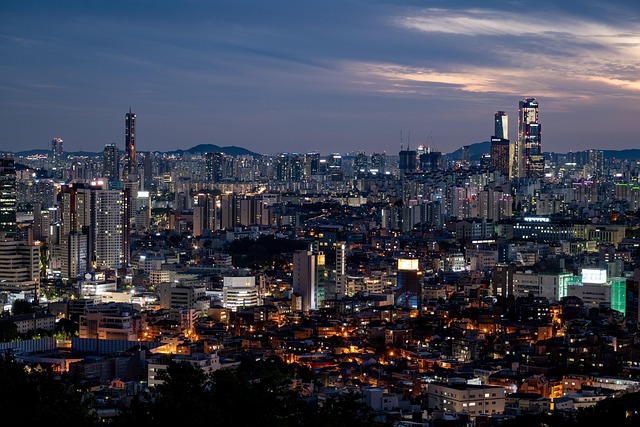
Karachi, Pakistan's economic hub, faces a gas availability crisis due to industrialization and population growth. Fluctuating supplies caused by production issues, network problems, and security disruptions impact both industrial processes and domestic use. To address this challenge, authorities are investing in infrastructure upgrades, securing new supply routes, and diversifying energy sources, aiming for a more stable and consistent gas supply to meet the city's growing demands.
Karachi, as Pakistan’s economic powerhouse, faces a critical challenge: ensuring consistent gas availability for its bustling industries and residents. This article delves into the intricate web of factors influencing gas supply in the city, from the current state of its distribution network to market dynamics and regulatory policies. We explore technical aspects such as production, transportation, and storage, while also scrutinizing the role of key players and the potential solutions that could revolutionize gas accessibility in Karachi.
- Current Gas Supply Situation in Karachi
- – Overview of gas distribution network
- – Key players and their roles
Current Gas Supply Situation in Karachi

Karachi, as Pakistan’s economic powerhouse, faces unique challenges regarding gas availability. The city’s rapid industrialization and growing population have put immense pressure on its energy infrastructure. Currently, Karachi experiences fluctuating gas supply situations due to various factors such as production constraints, distribution network issues, and occasional disruptions caused by security concerns. These factors lead to irregular gas deliveries, impacting both industrial operations and domestic consumption.
The gas crisis in Karachi has prompted authorities to explore alternative energy sources and improve existing infrastructure. Efforts are underway to enhance gas pipeline networks, secure new supply routes, and promote a diverse energy mix. These initiatives aim to ensure a more stable and reliable gas supply for the city’s ever-growing needs.
– Overview of gas distribution network

Karachi, as Pakistan’s economic hub, boasts a comprehensive gas distribution network that facilitates its bustling metropolis. This intricate system involves a web of pipelines and storage facilities, ensuring a steady supply of natural gas to residential, commercial, and industrial sectors across the city. The primary focus lies in maintaining a robust infrastructure to meet the ever-growing demand, especially with Karachi’s rapid urbanization and industrialization.
The network is designed to transport compressed natural gas (CNG) from production sites to various distribution stations scattered throughout the city. These stations then supply CNG to end-users via specialized vehicles and storage tanks, ensuring a reliable energy source for Karachi’s diverse population. The efficiency of this system is evident in its ability to cater to the energy needs of one of Pakistan’s largest cities while managing fluctuations in gas availability and demand.
– Key players and their roles

In the dynamic energy landscape of Karachi, several key players are instrumental in ensuring gas availability and driving the city’s industrial growth. The local government plays a pivotal role in policy formulation and regulation, setting standards for gas distribution and safety protocols. They collaborate closely with private sector entities, such as leading energy companies and distribution networks, to ensure a stable supply of natural gas throughout the metropolitan area.
These energy firms are at the forefront of gas exploration, production, and transportation. They invest heavily in infrastructure development, including pipeline networks and storage facilities, to meet the ever-increasing demand from industries ranging from manufacturing to power generation. By fostering partnerships and adopting innovative technologies, these companies contribute significantly to Karachi’s economic vitality while ensuring a reliable gas supply for its residents and businesses.
In light of the current gas supply situation in Karachi, it’s evident that navigating the city’s intricate gas distribution network requires a collaborative effort from key players. Understanding the roles of these entities is crucial for ensuring a stable and efficient energy landscape in Karachi. Moving forward, continued collaboration and innovation will be essential to meet the growing demand and ensure a vibrant, bustling Karachi.






